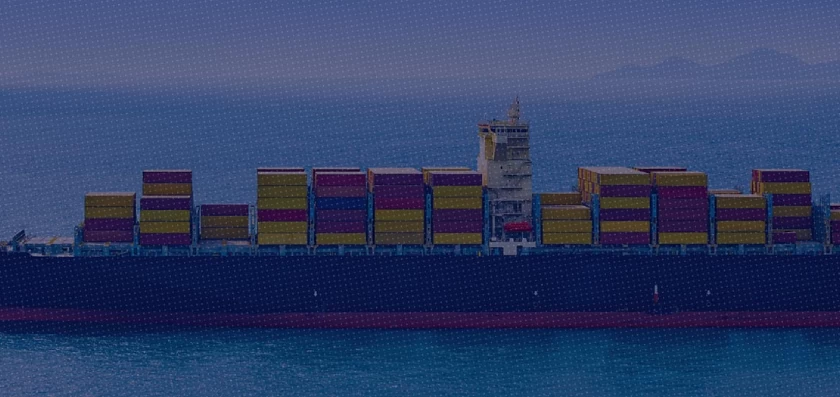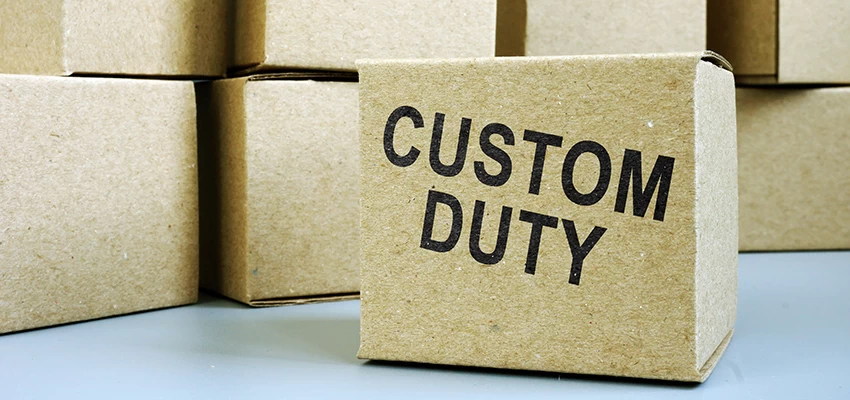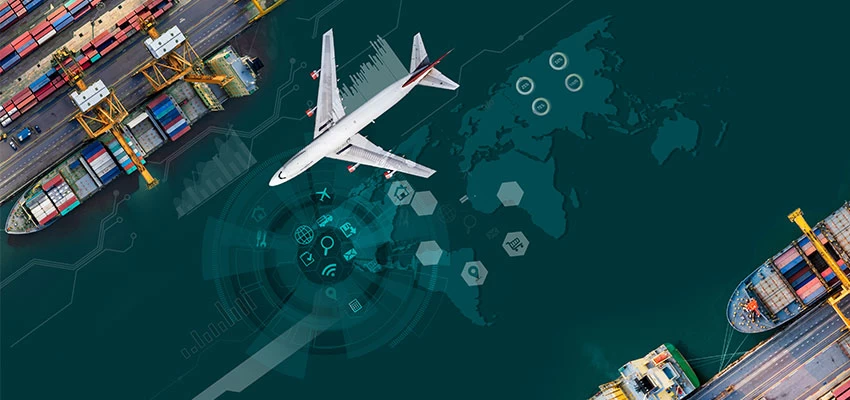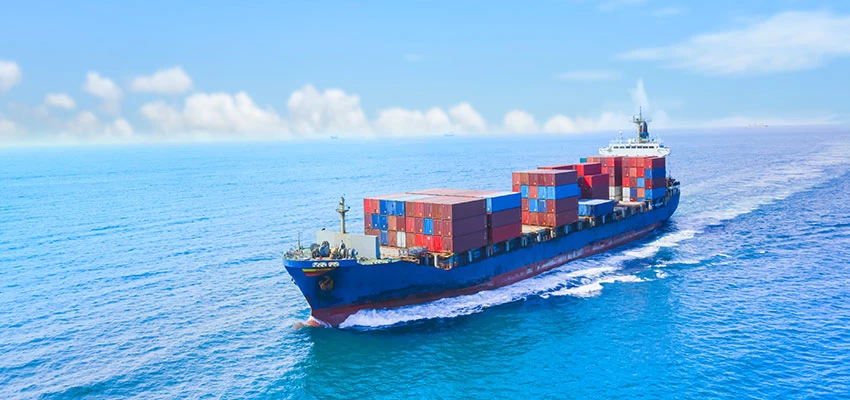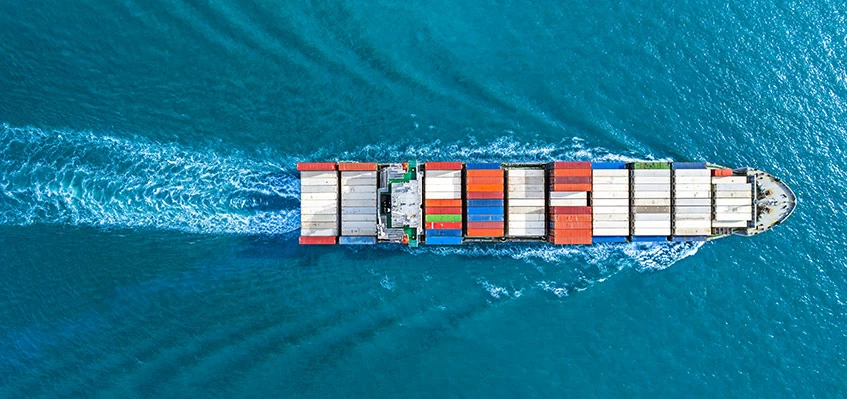Introduction
The European Parliament enacted Regulation (EU) 2023/956 for establishing a Carbon Border Adjustment Mechanism (‘CBAM’) on 10 May 2023. CBAM was formulated as part of the European Union’s (‘EU’) ‘Fit for 55’ package, which aims at reducing greenhouse gas emissions by at least 55% by 2030 compared to 1990 levels[1]. The EU claims that CBAM has been designed to put a fair price on the carbon emitted while manufacturing the goods being imported into the EU, and thereby preventing carbon leakage.
According to the EU, carbon leakage occurs when businesses start relocating industries to or products are imported from countries, with less stringent environment policies, apparently to circumvent the cost-intensive climate policies in the European Union.
Before getting into the fundamentals of the CBAM, it is essential to shed light upon EU’s climate-related policies that have contributed towards the occurrence of carbon leakage in the first place.
The genesis of the CBAM
The EU has consistently attempted to be at the forefront of reduction of greenhouse gas emissions. This ambitious goal became the foundational aspect of not only the CBAM, but also the European Union Emissions Trading System (‘EU ETS’), which led to the establishment of one of the world’s first major carbon trading market. The EU ETS is a system within the European Union that penalizes carbon-intensive manufacturing of products and incentivises low-carbon emissions.
The EU ETS follows a ‘cap and trade’ system under which a cap is placed upon the maximum volume of permitted emissions by manufacturing installations. Companies are given some free allowances, and each allowance gives the manufacturer the right to emit one tonne of Carbon Dioxide or an equivalent greenhouse gas. The maximum cap of allowable emissions is reduced annually. In case the companies exhaust their free allowances, they must buy extra allowances from other traders or the EU market. This system, referred to as the ‘cap and trade’ system, encourages the manufacturers to alter their production processes and reduce greenhouse gas emissions. However, because of the high costs associated with the EU ETS, companies are being encouraged to relocate their production facilities to countries having laxer environment related policies, thereby causing ‘carbon leakage’.
Therefore, to apparently level the playing field, the EU came up with the CBAM to place accountability on the imported goods in certain carbon-intensive industry sectors.
CBAM: Scope and Coverage
CBAM currently covers six sectors: iron and steel, aluminum, cement, fertilizers, hydrogen, and electricity. For the goods covered under these sectors (‘CBAM goods’), importers are required to declare the direct emissions (such as those related to raw materials and manufacturing) and indirect emissions (such as those related to electricity) embedded in the CBAM goods being imported into the EU. These emissions are specific to each product and manufacturing facility, making importers dependent on their exporters/producers for all CBAM-related details. Consequently, the responsibility indirectly falls on the exporters/producers of CBAM goods to provide this information.
Timelines and Phases of CBAM
The CBAM is being implemented in two phases: transitional and definitive.
Transitional Phase (October 2023-December 2025): The transitional phase, that came into effect in October 2023, is the initial phase that was specifically designed to give EU importers a breathing period to understand the nuances of CBAM and prepare for its complete implementation. During this period, importers of CBAM goods are required to report the embedded carbon emissions in the imported goods without any financial implication.
The primary objective of this period is to collect accurate data, and allow companies to adapt to the reporting requirements, identify potential issues, and make necessary changes and adjustments before the Regulation is completely enforced during the definitive phase.
This phase is crucial for exporters of CBAM goods to the EU because the EU importers will use this phase to identify suppliers who can support them in providing all CBAM related information and are committed to reducing their carbon footprint. The importers will also check whether their exporters are able to accurately capture and calculate their direct and indirect emissions. This will help importers identify long-term suppliers who will aid them in reducing their CBAM-related liabilities when the definitive phase of the regulation begins.
Definitive Phase (Starting 1st January 2026): Post the transitional phase, CBAM will enter its definitive phase. During this phase, EU importers will not only be required to report embedded carbon emissions, but also to buy and surrender Carbon Certificates that correspond to the embedded carbon emissions of the imported goods. The cost of the Carbon Certificates will be aligned with the prices of allowances provided under the EU ETS.
It is abundantly clear that to match the obligations and additional responsibilities placed on EU manufacturers by the EU ETS, the EU is now extending obligations upon the importers in the European Union.
Do the exporters need to worry?
Since the coming into force of the transitional phase of CBAM from October 2023, exporters of CBAM goods who are keen on retaining their access to the EU market have been taking steps towards compliance with the CBAM.
The reporting of carbon emissions in the past two quarters has shown us that the exporters of CBAM goods to the EU have to take a lot of effort to comply with the CBAM. This is primarily because all the information that must be reported under the CBAM is production centric. Hence, even though the direct implication of the CBAM is on the importers in the EU, the main onus of compliance is on the exporters of the covered goods to the EU.
Compliances required by exporters to the EU
- Data collection and recording: To continue exports to the EU, every manufacturer outside the EU is now required to share their emissions data with their importers in the EU. This information is calculated by monitoring and recording all details related to production, consumption of raw materials, identifying suppliers of raw materials consumed, tracking consumption of fuels and gases, dividing consumption details between different products and between CBAM and non-CBAM goods being produced in the same manufacturing facility.
- Rigorous record keeping: From the manufacturers’ perspective, it is an additional responsibility to now rigorously record the consumption of raw materials, fuels, electricity at different steps of the production process, specifically for CBAM goods on a quarterly basis.
- Emissions data of Precursors: Another cumbersome process is obtaining the emissions data of the precursors, i.e., the raw materials of covered goods that are themselves CBAM goods, from their suppliers, in the absence of which the manufacturers will have to use the default values provided by the European Commission. These default values are considerably higher than the actual emission values and are bound to increase the emission factor significantly.
Checkpoints for companies
In light of the compliances required by exporters, there are a few checkpoints that will have to be kept in mind going forward:
- Rigorous monitoring is the key: It is imperative that companies start monitoring the consumption of raw materials, fuels and other consumables on a monthly basis. The companies must accurately record consumption and production details on actual basis. However, sometimes, the companies count a product as produced even when the product is in semi-finished state and has to still undergo another cycle of production process. This leads to double counting of production, and such mistakes must be avoided.
- Process-wise Monitoring of Electricity Consumption: Tracking the monthly consumption of electricity through the electricity bills will not be enough. This is simply because the electricity bills capture the entire usage of electricity, including electricity usage for administrative blocks of the manufacturing facility and for manufacturing of non-CBAM goods. Hence, to avoid an increase in indirect emissions due to imprecise electricity consumption for the manufacturing of CBAM goods, it is advisable that companies start tracking electricity usage separately for each production process. This will leave no room for error.
- Limiting usage of Default Values: CBAM requires the reporting of not only the direct and indirect emissions during the production processes, but also emissions embedded in the precursors, i.e., the raw materials covered under CBAM. In the initial compliance period, manufacturers have used the default values provided by the EU due to difficulty in obtaining CBAM reports from their vendors. This approach needs to change, as the usage of default values without any limitation is permitted only for the first three reporting quarters. From the fourth reporting quarter, i.e., July 2024-September 2024, the usage of default values shall be limited to 20% only.
- Inculcating ‘permanent’ solutions: Monitoring data on an actual basis, and rigorously collecting the actual emissions of the precursors used in the manufacturing are crucial steps. However, these should not overshadow the ultimate goal of reducing carbon emissions. The EU is nudging companies to adopt greener practices to avoid financial consequences of carbon-intensive manufacturing. To remain competitive and profitable while exporting goods to the EU, companies must immediately start working towards reducing their carbon footprint by adopting green technology, using renewable energy, and monitoring their consumptions of raw materials and fuels.
Conclusion
It is important that Indian manufacturers exporting CBAM goods to the EU efficiently produce the required data if they want to maintain access to the EU market. Moving forward, it is expected that EU policymakers will continue to refine the CBAM and increase the pressure on exporters to provide accurate data. Other countries are likely to follow suit and implement similar programs and regulations. Further, EU policymakers are expected to add new products, such as plastics and chemicals, and include within the scope of CBAM, all products covered under the EU ETS by 2030.
This, however, can be seen as a business opportunity by companies to align their carbon footprint monitoring with international practices, get ahead of industry peers and attract customers by demonstrating their strong commitment to sustainability and climate change related legal compliances.
[The authors are Associates in WTO and International Trade Division in Lakshmikumaran & Sridharan Attorneys, New Delhi]
- [1] Fit for 55, COUNCIL OF THE EUROPEAN UNION, Fit for 55 - The EU's plan for a green transition - Consilium (europa.eu) (last visited May 28, 2024).







